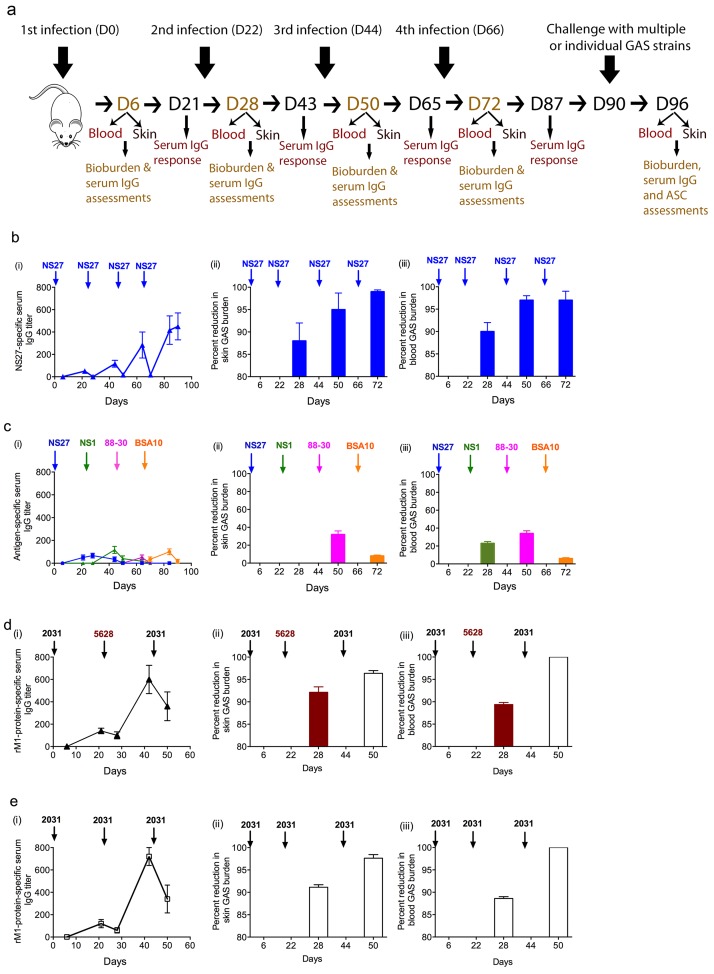Fig 1. Immunity following sequential GAS infections.
BALB/c mice (n = 20/group; female, 4–6 weeks old) were sequentially infected multiple times with (b) NS27 GAS, (c) four different GAS strains NS27, NS1, 88–30 and BSA10, 2 different M1 strains 2031 and 5628 GAS (d) or three times with 2031 GAS (e) via the skin route of challenge. Each infection was 3-weeks apart. On days 6 and 21 post each infection serum sample were collected and M-protein N-terminal-specific IgG titers were measured with ELISA as shown in the schematic (a). This procedure was repeated after each infection and the IgG titers to the N-terminus serotypic peptide/protein of infecting strains at various time-points are shown (b (i), c (i) d (i) and e (i)). On day 6 post each infection, a designated number of mice (n = 5/group) were culled and bacterial burden in skin (b (ii), c (ii) d (ii) and e (ii)) and blood (b (iii), c (iii) d (iii) and e (iii)) were assessed. Naïve BALB/c mice were used as a challenge control at each time-point. Data are mean ± SEM. In b (ii-iii), c (ii-iii), d (ii-iii) and e (ii-iii) the GAS bioburdens (mean CFU) in control mice ranged from 785,260 to 566,550 for skin and 325,870 to 294,225 for the blood.

